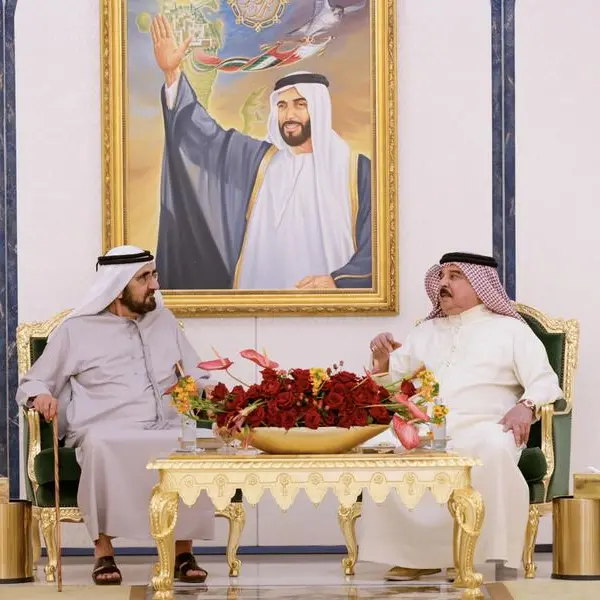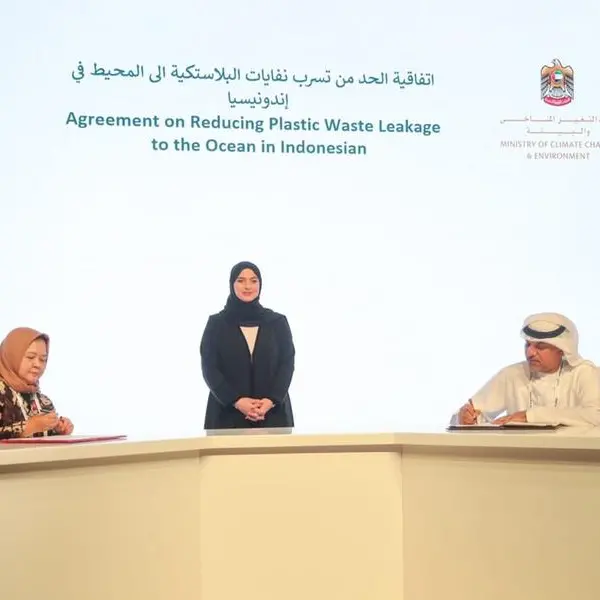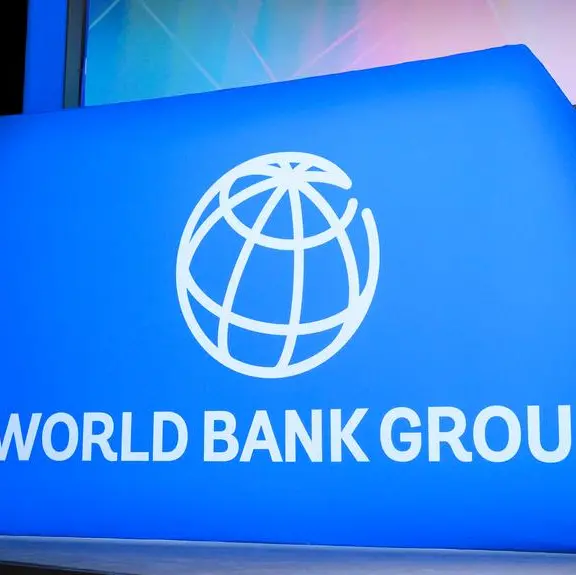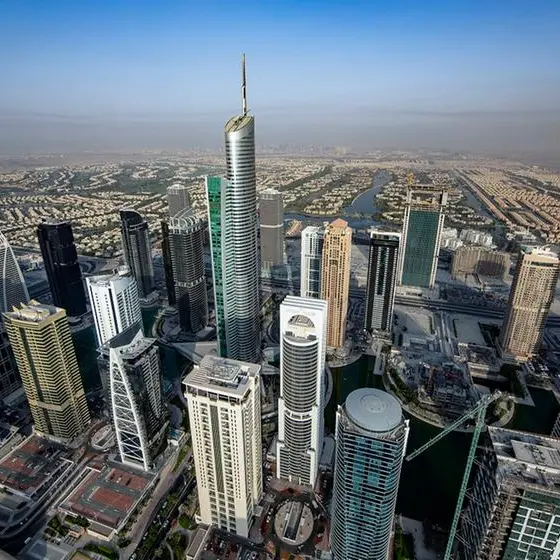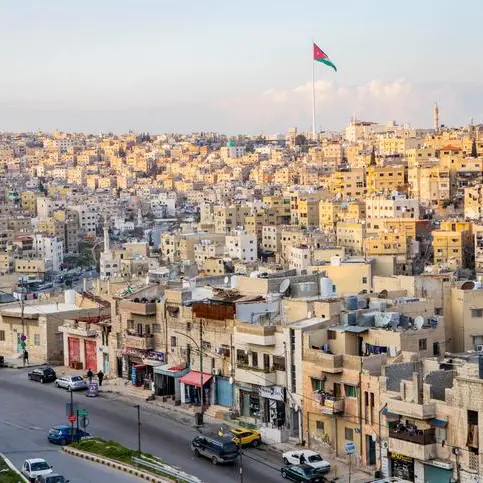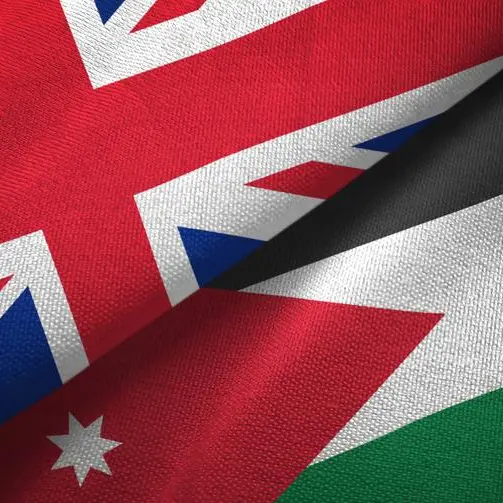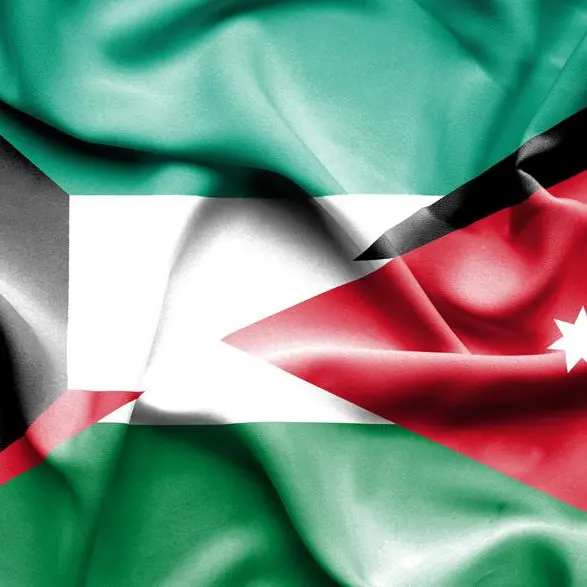Ratings agency Moody's has changed its outlook on Oman's banking system to negative from stable, which it said was due to a reduction in the government's capacity to support the country's banking system. It also cited softer economic conditions in the country and tight liquidity conditions for its change.
Moody's had already downgraded Oman's sovereign credit rating in July, citing the government's reduced capacity to support banks, if it were needed.
Oman has one of the higher break even oil prices in the GCC, according to rival ratings agency Fitch. In April, it said that Oman requires an oil price of $75 to pay for its proposed spending and balance budgets, which is higher than the price required by Kuwait ($45 per barrel), Qatar ($51), Abu Dhabi ($60) and Saudi Arabia ($74). Brent crude oil prices currently stand at just over $52 per barrel.
Mik Kabeya, an analyst at Moody's, said: "We expect a softening in Oman's operating environment, with fiscal consolidation amid prolonged oil price weakness weighing on economic growth. This will weigh on credit growth, which we forecast to fall to 5% in 2017, down from 10.1% in 2016 and 12.0% in 2015."
Moody's said that slower economic growth will also likely cause a marginal weakening in the creditworthiness of loans, with the amount of problem loans set to grow to around 3 percent of gross loans in 2017-18, from 2.1 percent at the end of March. There are also risks inherent due to a high concentration of loans to single borrowers and to the real estate sector generally.
Despite this, it said that it expects bank capital bases to remain sound, with banks' tangible common equity ranging between 12-14 percent of risk-weighted assets over the next 12-18 months.
Moreover, although liquidity remains tight due to higher government borrowing, pressure on banks' deposit could be alleviated by more international bond issuances, as well as the fact that credit growth is slowing and oil prices are slowly improving. The Sultanate is in talks with international banks about raising more funds through loans and bonds to boost liquidity. It has already raised $7 billion via international markets this year, including $5 billion raised in March through a triple-tranche bond.
Moody’s also said that although government capacity to support banks may have reduced, its willingness to support banks if required remains high.
Oman is attempting to diversify its economy away from a reliance on oil. The country is looking to boost tourism, manufacturing, mining, transport and logistics, and has been seeking external investment from investors to fund development.
Oman's tourism development company, Omran, chose Damac Properties as its development partner for a $10 billion project to redevelop the Mina Sultan Qaboos port into a tourist-friendly destination for cruise liners, and the government has also recently revealed plans to build 5,000 new homes into which expats can invest within five Integrated Tourism Complexes.
Further reading:
- Oman signs $355 billion loan with Chinese banks
- Oman's GDP crosses 10 billion mark in H1
- Average inflation rate in Oman for 2017 forecast at 4.1 percent
- Bank Sohar shareholders approve bond issue
© Zawya 2017
